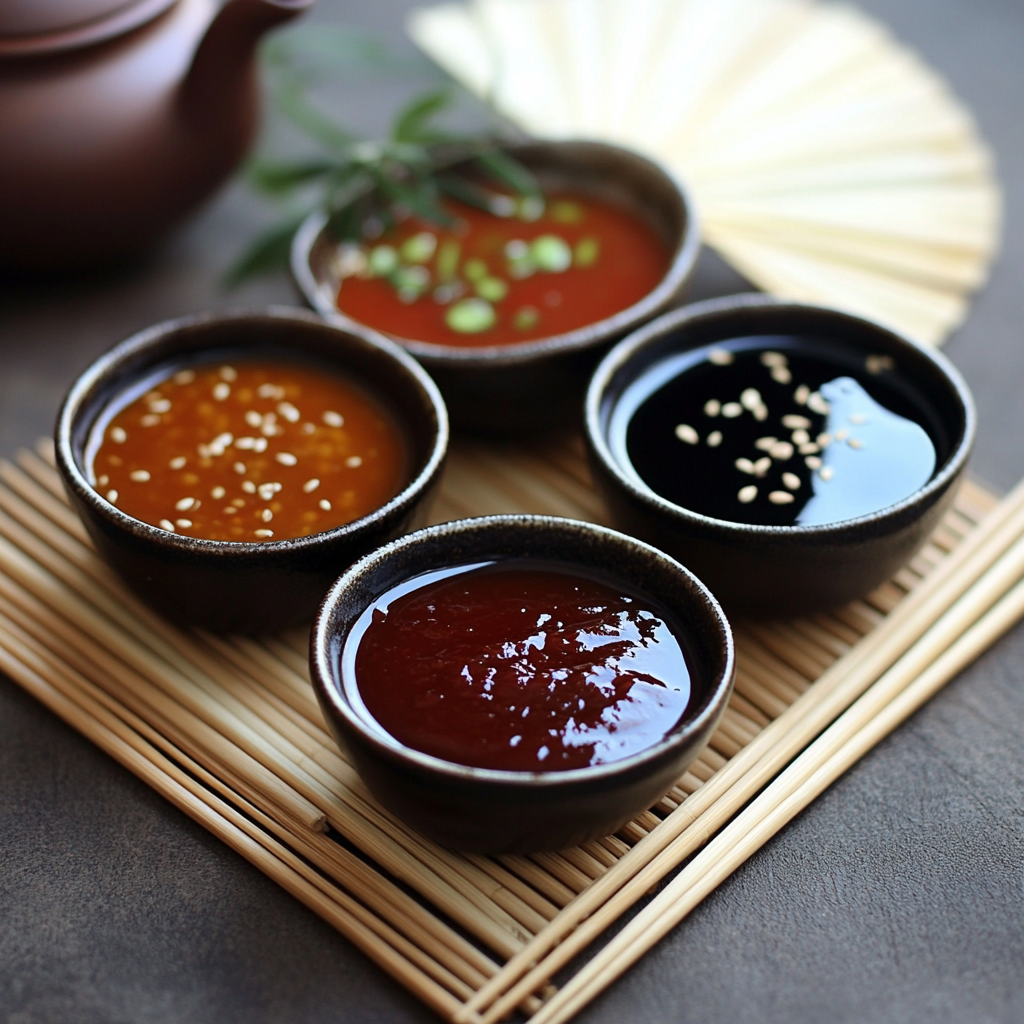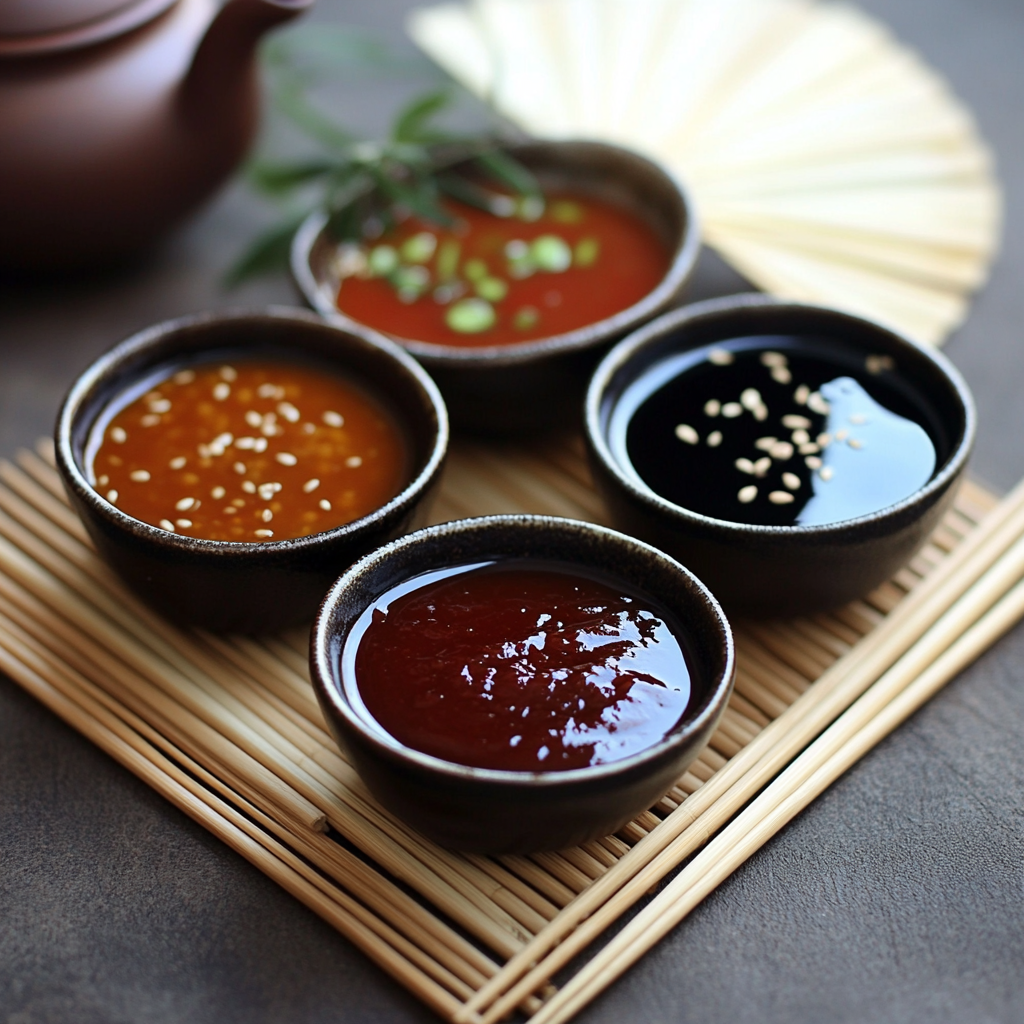What is Japanese-Style BBQ?
Yakiniku, a popular form of Japanese BBQ, involves grilling small cuts of meat and vegetables right at the table. Diners quickly cook their food over a live flame, preserving both the freshness and tenderness of the ingredients. Instead of heavy sauces, Japanese barbecue relies on lighter marinades like soy sauce or yakiniku sauce to enhance the flavors.
To better understand the role of sauces in Japanese grilling, you can check out this Japanese BBQ sauce recipe. Furthermore, premium cuts like wagyu beef are often the star of this style, contributing to the overall high-quality dining experience. In addition to meat, seafood and vegetables are key components in Japanese BBQ.
Types of Grills Used in Japanese Barbecue
Traditional Hibachi and Shichirin Grills
The hibachi and shichirin grills are essential to the yakiniku experience. These portable, charcoal-fueled grills allow diners to cook their food directly at the table, creating an interactive and personal atmosphere. Additionally, these grills heat quickly, ensuring efficient cooking. Using binchotan charcoal, which provides a clean burn, further enhances the flavor of the food.
For those interested in exploring different types of Japanese grills, the best shichirin grills can offer deeper insights.
Konro Grills for Skewers
Konro grills, commonly used for skewered dishes like yakitori (grilled chicken skewers), ensure even cooking due to their ceramic-lined design. These grills can use either gas or charcoal, and their long, narrow shape makes them ideal for grilling multiple skewers simultaneously. Therefore, they are great for both indoor and outdoor cooking setups.

Popular Dishes in Japanese BBQ
What is Yakiniku Grilling?
At the heart of Japanese BBQ is yakiniku, which translates to “grilled meat.” Diners grill small cuts of wagyu beef, chicken, and pork directly at the table. After grilling, they typically dip the meat into yakiniku sauce, a delicious blend of soy sauce, mirin, and garlic that enhances the natural flavors of the meat.
Yakitori and Other Skewered Meats
Another popular dish is yakitori, which refers to skewered chicken that is marinated and grilled over charcoal. The chicken is often brushed with tare sauce, a sweet and savory glaze. To explore how to make yakitori at home, consider visiting this yakitori recipe guide.
The Simplicity of Yakiton and Yakizakana
Yakiton features grilled pork skewers, while yakizakana highlights grilled fish, simply seasoned with salt. These dishes showcase the fresh, high-quality ingredients often used in Japanese BBQ. Their simplicity allows the natural flavors to shine through.
Key Ingredients in Japanese BBQ
Meat and Seafood Options
Wagyu beef is one of the most prized ingredients in Japanese BBQ, known for its rich marbling and flavor. Additionally, other common choices include chicken, pork, and seafood like shrimp and salmon. Thinly sliced cuts ensure even cooking, a hallmark of this grilling style.
Vegetables and Sauces in Japanese Grilling
Besides meat, grilled vegetables like eggplant, onions, and mushrooms are typically served alongside. These vegetables pair well with dipping sauces such as soy sauce or miso. If you’re interested in learning more about how vegetables enhance Japanese BBQ, check out this Japanese BBQ eggplant recipe guide.
Choosing the Right Charcoal for Japanese BBQ
The Benefits of Binchotan Charcoal
Binchotan charcoal is the fuel of choice for Japanese BBQ. It is preferred due to its clean burn and long-lasting heat. Moreover, binchotan enhances the natural flavors of meats and vegetables without adding any smoky taste, making it ideal for this style of grilling.
Alternatives: Wood Briquettes and Hardwood
Although binchotan is the gold standard, many casual restaurants and home cooks use wood briquettes or hardwood charcoal. These options still provide excellent heat for grilling, even though they may not burn as cleanly as binchotan.
The Social Aspect of Japanese BBQ
One of the most important aspects of Japanese BBQ is its communal nature. Diners cook their food together at the table, making the experience both interactive and social. This shared approach fosters a sense of connection among diners, as everyone participates in grilling.
Typically, the meal starts with lighter cuts of meat and vegetables before progressing to richer, more flavorful options. This gradual progression ensures that the grill remains clean, allowing diners to fully appreciate the taste of each dish.
FAQs
- How is Japanese BBQ different from Western BBQ?
- Japanese BBQ focuses on smaller cuts of meat, lighter sauces, and communal grilling at the table, while Western BBQ usually uses larger cuts and bolder smoky flavors.
- What meats are most common in Japanese BBQ?
- Wagyu beef, chicken, pork, and seafood like shrimp and salmon are popular choices in Japanese BBQ.
- What type of charcoal is best for Japanese BBQ?
- Binchotan charcoal is the top choice because of its clean burn and ability to enhance food flavor without adding smokiness.
- How do you eat Japanese BBQ?
- Diners grill their food at the table and dip the cooked meat into sauces like soy sauce or yakiniku sauce before eating.
Conclusion
Japanese BBQ provides a unique dining experience that emphasizes fresh ingredients, light sauces, and communal grilling. Whether you’re grilling wagyu beef on a shichirin or enjoying yakitori skewers on a konro, the simplicity and quality of the ingredients truly set Japanese BBQ apart. To try this style of grilling at home, consider this Japanese BBQ sauce recipe for your next BBQ adventure.

